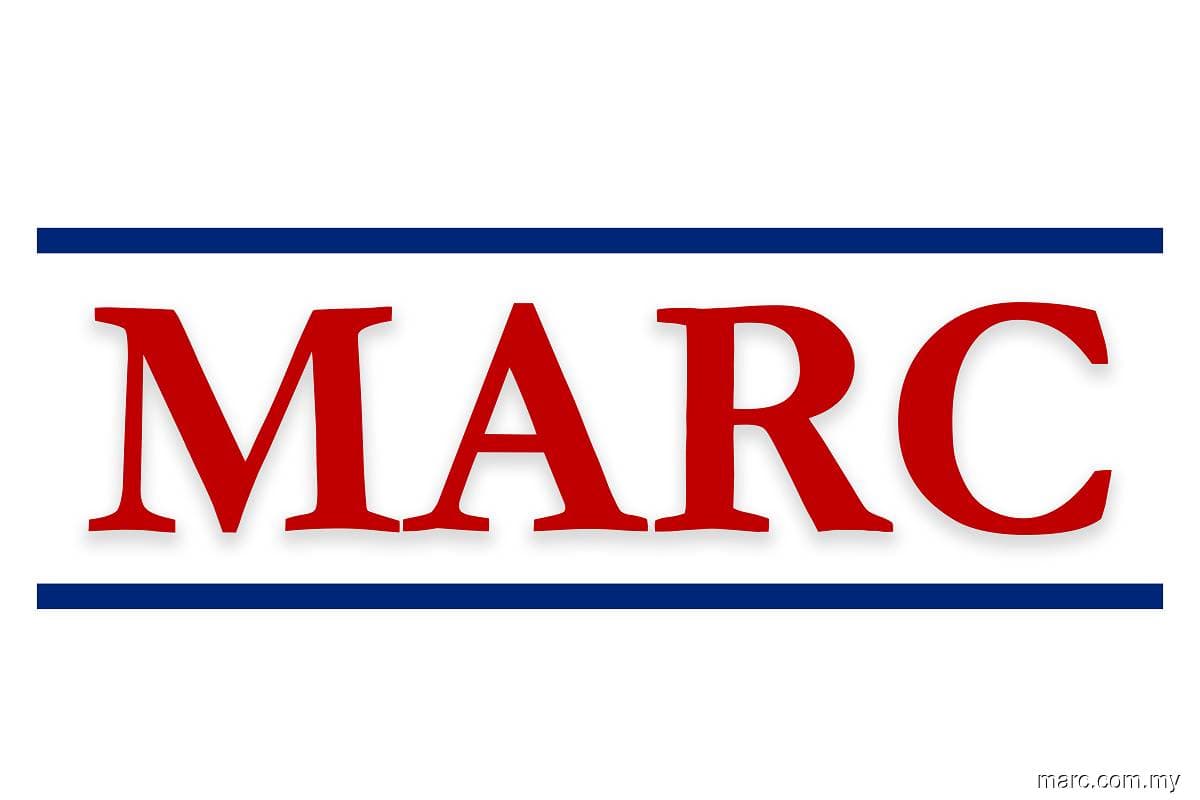
KUALA LUMPUR (April 21): Despite yield surges experienced by Malaysian bonds in March, the local bond market continued to attract net foreign inflows, albeit at a slower pace.
Malaysian Rating Corp Bhd (MARC) said this indicated that on an aggregate basis, domestic investors were once again net sellers of local bonds during the month.
In a statement, MARC said total net foreign inflows amounted to RM5.9 billion, compared with RM7.2 billion in February, bringing total foreign holdings to RM239.7 billion, equivalent to 14.5% of total outstanding local bonds.
"By instrument, Government Investment Issues (GII) attracted the largest inflow (+RM2.9 billion) followed by Malaysian Islamic Treasury Bills (+RM1.6 billion) and Malaysian Government Securities or MGS (+RM1.5 billion).
"The inflows into GII were most probably concentrated along the long end of the curve amid the flattening of the GII curve and strong reception of the 20.5y GII 09/41 new issue at auction. By end-1Q2021, the local bond market garnered a total net foreign inflow of RM16.7 billion (1Q2020: -RM16.9 billion)," said the rating firm.
MARC said sentiment for MGS remained weak in March, with the yield curve near flattened.
"MGS yields along the 1y9y curve surged by 23 bps (basis points) month-on-month on average amid Bank Negara Malaysia's shift into a more neutral policy stance.
"Unlike Indonesia's 25bps rate cut, Malaysia's policy rate was left unchanged. Meanwhile, MGS yields at the longer end, which rose on average by 16bps, were pressured by the US bond market rout and concerns of additional new debt supply following the announcement of the PEMERKASA stimulus programme," it added.
However, MGS yields retraced lower in the final week of March when FTSE Russell removed Malaysia from its negative watch list and retained Malaysia's membership in the World Government Bond Index, noted MARC.
"By end-March, both the 3y and 10y MGS yields rose by 19bps and 18bps m-o-m to 2.13% and 3.27% (Feb: 1.94% and 3.09%)," it said.
"In tandem with MGS, generic AAA, AA and A yields also spiked. Investors are expecting inflation to pick up at a quicker pace this year, diminishing the returns on bonds, especially for AAA- and AA-rated corporate bonds due to their small credit spreads above MGS.
In March, generic AAA and AA yields along the 3y15y curve (credit spreads: 56bps to 112bps) surged by 34bps to 53bps while generic A yields (credit spreads: 200bps to 228bps) rose by 12bps to 25bps," it added.